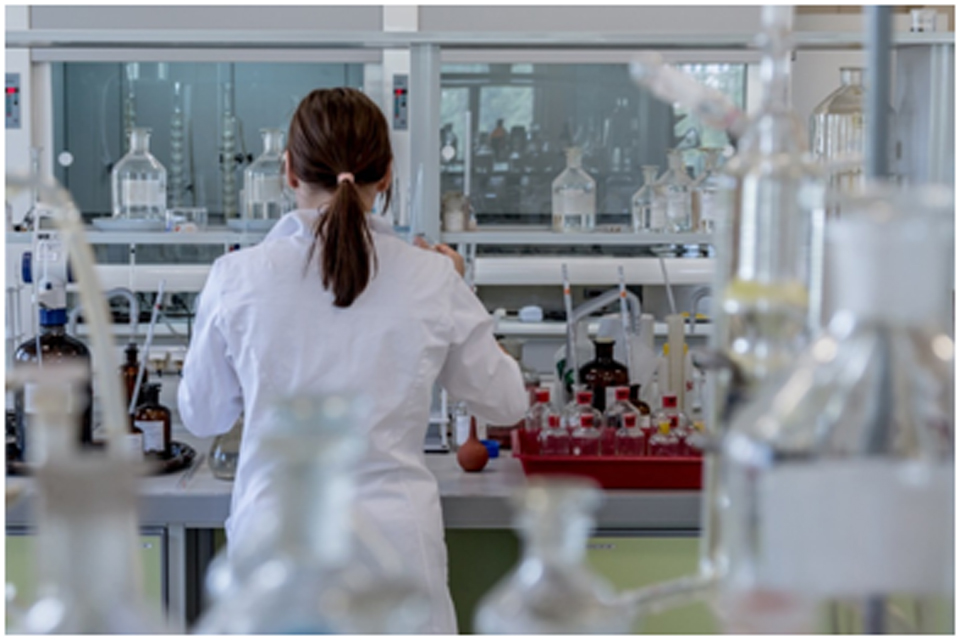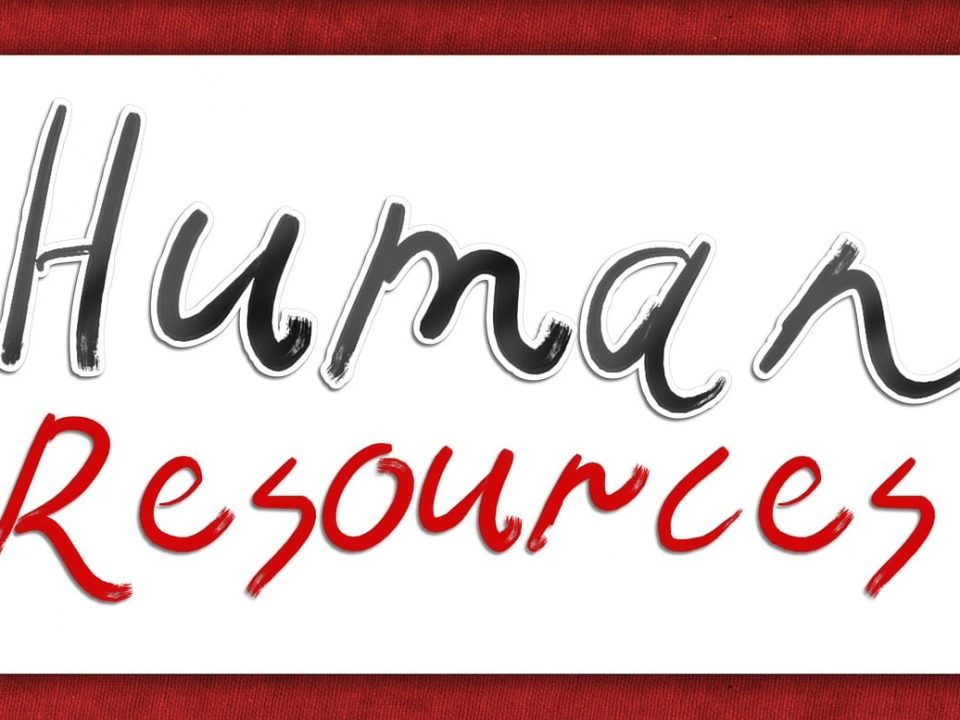Introduction to Health Observation and Assessment

Introduction
Introduction to Health Observation and Assessment: Health observation and assessment is the process of systematically collecting and analysing data on the health status of individuals or populations. This information is then used to identify health problems, develop interventions, and evaluate the effectiveness of those interventions.
Health observation involves using the senses to gather information about a person’s physical appearance, behaviour, and environment. This can include observing the way a person walks, their body language, and the condition of their skin, hair, and nails. Observations can also be made of the physical environment, such as the cleanliness of a living space or workplace.
Health assessment involves a more comprehensive evaluation of an individual’s health status. This can include taking a medical history, performing a physical examination, and conducting laboratory tests. In addition, health assessments can be used to identify risk factors for diseases, diagnose health conditions, and monitor the effectiveness of treatment.
Practical health observation and assessment require various skills and knowledge, including communication, cultural competence, and an understanding of human anatomy and physiology. However, it is essential to healthcare practice and can help providers deliver more effective and personalised care.
Health observation and assessment in nursing practice
On this Introduction to Health Observation and Assessment it is observed that Health observation and assessment are critical components of nursing practice. As frontline healthcare providers, nurses are often the first point of contact for patients seeking medical care. Nurses conduct comprehensive health assessments and observe patients to gather data on their health status, identify potential health problems, and develop care plans.
In nursing practice, health observation can involve observing patients’ vital signs, such as blood pressure, heart rate, and respiratory rate. Nurses also observe patients’ behaviour, mood, and physical appearance to identify changes in their health status. For example, a patient’s skin colour or swelling change could indicate an underlying health condition.
Health assessment in nursing involves a more thorough evaluation of a patient’s health status. This can include taking a patient’s medical history, performing a physical examination, and conducting diagnostic tests. In addition, nurses use the information gathered from health assessments to develop care plans that address a patient’s unique health needs.
Practical health observation and assessment in nursing require various skills and knowledge, including communication, cultural competence, and an understanding human anatomy and physiology. In addition, nurses must be able to communicate effectively with patients and other healthcare providers, and they must be able to work collaboratively to ensure that patients receive the best possible care.
three concurrent steps identified on this Introduction to Health Observation and Assessment:
Health assessment involves a series of concurrent steps that healthcare providers must follow to gather information about a patient’s health status systematically. The three concurrent steps involved in health assessment are:
Step 1: Interview
The healthcare provider will interview the patient to gather information about their medical history, current symptoms, and lifestyle. This information helps the healthcare provider to understand the patient’s health concerns and identify potential risk factors for disease.
Step 2: Physical examination
The second step identified on this Introduction to Health Observation and Assessment is that the healthcare provider will perform a physical examination to assess the patient’s health. This includes examining the patient’s body systems, such as the respiratory, cardiovascular, and gastrointestinal systems. The physical examination helps the healthcare provider to identify any abnormalities or signs of disease.
Step 3: Diagnostic tests
The healthcare provider may order diagnostic tests to evaluate the patient’s health status further. This may include blood tests, imaging tests, or other specialised tests. Diagnostic tests help the healthcare provider to confirm a diagnosis, monitor disease progression, or evaluate the effectiveness of treatment.
These three concurrent steps work together to provide a comprehensive picture of the patient’s health status. By gathering information through interviews, physical examinations, and diagnostic tests, healthcare providers can develop a personalised care plan that addresses the patient’s unique health needs.
Cultural considerations in health observation and assessment
This Introduction to Health Observation and Assessment also observes that Cultural considerations are essential when conducting health observation and assessment. Healthcare providers must be aware of and respect patients’ cultural beliefs, values, and practices, as these can impact the patient’s health behaviours and attitudes towards healthcare.
One crucial cultural consideration in health observation and assessment is communication. Healthcare providers should use language that the patient can understand and be aware of any cultural nuances that may impact communication. For example, some cultures emphasise nonverbal communication more, while others prefer direct communication.
Another crucial cultural consideration is the patient’s beliefs and attitudes towards healthcare. For example, some cultures may have traditional healing practices that differ from Western medicine. Healthcare providers should be aware of these practices and their potential impact on patient’s health. Healthcare providers should also be aware of cultural beliefs or taboos surrounding specific health topics, such as mental health, reproductive health, or end-of-life care.
Cultural considerations should also be taken into account during the physical examination. Healthcare providers should know cultural norms surrounding modesty and privacy and respect patient preferences. For example, some cultures may prefer same-gender healthcare providers or require that certain body parts be covered during the examination.
Finally, healthcare providers should be aware of cultural barriers preventing patients from accessing healthcare. For example, language barriers, transportation issues, or cultural stigmas may make seeking medical care difficult for some patients. Healthcare providers should work to address these barriers and provide culturally sensitive care that is accessible and inclusive.
Cultural considerations are critical in health observation and assessment. Healthcare providers can deliver more effective, personalised care promoting health and well-being by understanding and respecting patients’ cultural beliefs, values, and practices.
Conducting a systematic head-to-toe assessment and primary/secondary survey
A systematic head-to-toe assessment and primary/secondary survey are essential components identified on this Introduction to Health Observation and Assessment. These assessments provide a comprehensive picture of the patient’s overall health status and identify any immediate health concerns that require immediate attention.
A systematic head-to-toe assessment thoroughly examines all body systems from head to toe. This includes evaluating the patient’s mental status, vital signs, respiratory system, cardiovascular system, gastrointestinal system, genitourinary system, musculoskeletal system, and skin. Healthcare providers use a standardised approach to ensure no area is missed during the examination.
During a head-to-toe assessment, the healthcare provider should also take note of any abnormalities or signs of disease. For example, the healthcare provider may observe the patient’s breathing rate, listen to the patient’s heart sounds, and inspect the patient’s skin for any lesions or rashes. Healthcare providers can identify health concerns requiring further evaluation or treatment by conducting a thorough head-to-toe assessment.
The primary survey is a rapid assessment of the patient’s overall health status and identifies any immediate threats to the patient’s life. The primary survey focuses on the ABCs: airway, breathing, and circulation. First, healthcare providers will assess the patient’s airway to ensure it is clear and not obstructed. They will then assess the patient’s breathing to ensure they receive enough oxygen. Finally, they will assess the patient’s circulation to ensure their heart functions correctly.
If any immediate threats to the patient’s life are identified during the primary survey, healthcare providers will intervene immediately to stabilise the patient. This may include providing oxygen, administering medications, or performing life-saving procedures such as intubation or CPR.
Once the primary survey for this Introduction to Health Observation and Assessmentis complete, the secondary survey begins. The secondary survey is a more detailed assessment of the patient’s health status and focuses on identifying other health concerns requiring attention. The healthcare provider will conduct a thorough head-to-toe assessment and review the patient’s medical history and vital signs. Diagnostic tests may also be ordered to evaluate the patient’s health status further.
Conducting a systematic head-to-toe assessment and primary/secondary survey is critical to health observation and assessment in healthcare settings. By using a standardised approach to evaluate all body systems and identify any immediate threats to the patient’s life, healthcare providers can provide more effective and personalised care that promotes health and well-being.
Documenting health observation and assessment findings
Documenting health observation and assessment findings is a crucial component of healthcare delivery. It involves recording and documenting data gathered during physical assessments of patients, including objective and subjective findings, vital signs, physical and mental status, and lab results. Accurate documentation ensures continuity of care, helps healthcare professionals make informed decisions, and enables effective communication among healthcare team members.
1. Documentation should be done promptly, thoroughly, and by legal and ethical standards. It should be clear, concise, and free from errors. The following are essential elements that should be included in documenting health observation and assessment findings:
2. Patient Information: The patient’s demographic information should be documented, including their name, age, gender, and medical history.
3. Chief Complaint: The reason for the patient’s visit should be documented. This includes the patient’s symptoms and how they affect their daily activities.
4. History of Present Illness: A detailed description of the patient’s symptoms and duration should be documented. This includes the onset, progression, and any alleviating or aggravating factors.
5. Past Medical History: The patient’s previous medical conditions, surgeries, hospitalisations, and medications should be documented.
6. Family and Social History: Documentation of the patient’s family medical history and social habits (such as alcohol and drug use, tobacco use, and exercise habits) should be included.
7. Review of Systems: The patient’s physical symptoms should be documented by the system (such as cardiovascular, respiratory, gastrointestinal, neurological, and musculoskeletal).
8. Physical Examination: The results of the physical examination should be documented, including vital signs, head-to-toe assessment, and any abnormalities found.
9. Laboratory and Diagnostic Test Results: The results of any laboratory or diagnostic tests should be documented, including imaging studies, blood tests, and urine tests.
10. Assessment and Plan: The healthcare provider’s assessment of the patient’s condition should be documented, including a diagnosis and plan of care.
11. Follow-up: The plan for follow-up care should be documented, including any necessary referrals, tests, or procedures.
Documentation of health observation and assessment findings should adhere to legal and ethical standards, including HIPAA regulations. It should be accurate, complete, and timely. Documentation should be easily accessible to all healthcare team members involved in the patient’s care. Proper documentation helps healthcare professionals provide effective and efficient patient care, ultimately improving patient outcomes.
Conclusion
To conclude this Introduction to Health Observation and Assessment, health observation and assessment are critical components of healthcare delivery. It systematically collects data to identify patient needs, risks, and problems, forming the basis for diagnosis, planning, implementation, and care evaluation. In addition, accurate documentation of health observation and assessment findings is essential for continuity of care, communication, and legal and ethical compliance.
Healthcare providers should conduct comprehensive health assessments to gather accurate and comprehensive data to make informed decisions about patients’ health. They should use various techniques to gather this data, including interviewing, physical examinations, and laboratory tests. Providers should also be familiar with current standards of practice, guidelines, and protocols for conducting assessments and documenting findings. Effective communication among healthcare providers and patients is essential for optimal health outcomes. Healthcare providers should be skilled in communicating with patients in culturally appropriate, empathetic, and respectful ways. Patients should be encouraged to participate in their healthcare decisions and provided with clear, accurate information about their health status, treatment options, and self-care activities.
Practical health observation and assessment and accurate and timely documentation are essential for ensuring high-quality patient care. Using a systematic and comprehensive approach, healthcare providers can identify patients’ needs, risks, and problems, develop personalised care plans, and provide the best possible care to improve patients’ health and well-being.
FAQs
1. What is the purpose of Introduction to Health Observation and Assessment?
Health observation and assessment aim to gather information about a patient’s health status, including physical, mental, and emotional health. This information is used to identify any health problems, risks, or needs and to develop a plan of care to address these issues.
2. What is included in a health assessment?
A health assessment typically includes gathering information about the patient’s medical history, family history, social history, and current symptoms. It also involves conducting a physical examination and may include ordering laboratory tests or other diagnostic procedures.
3. What are some standard techniques used in health assessment?
Standard techniques used in health assessment include interviewing patients to gather information about their health history and current symptoms, conducting physical examinations, taking vital signs such as blood pressure and heart rate, and ordering laboratory tests or other diagnostic procedures.
4. Why is documentation necessary in health observation and assessment?
Documentation is essential in health observation and assessment because it records the patient’s health status, including any health problems, risks, or needs. It also enables communication among healthcare team members and ensures continuity of care.
5. What are some ethical considerations in health observation and assessment?
Ethical considerations in health observation and assessment include respecting patient autonomy, ensuring the confidentiality of patient information, obtaining informed consent, and providing culturally sensitive care. From the research done on this Introduction to Health Observation and Assessment it is clear healthcare providers should also be aware of their biases and ensure that they are not allowing them to affect their assessment and care of patients.
Total Assignment Help
Incase, you are looking for an opportunity to work from home and earn big money. TotalAssignmenthelp Affiliate program is the best choice for you.
Do visit :https://www.totalassignment.com/affiliate-program for more details
Total Assignment help is an assignment help Online service available in 9 countries. Our local operations span across Australia, US, UK, South east Asia and the Middle East. With extensive experience in academic writing, Total assignment help has a strong track record delivering quality writing at a nominal price that meet the unique needs of students in our local markets.
We have specialized network of highly trained writers, who can provide best possible assignment help solution for all your needs. Next time you are looking for assignment help, make sure to give us a try.
Looking for Assignment Help from Top Experts ?
Get the best Assignment Help from leading experts from the field of academics with assured onetime, 100% plagiarism free and top Quality delivery.


